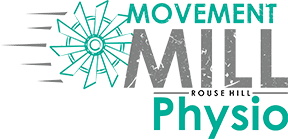Part 1
For any football (soccer) fans out there following the Euros or if you’ve increased your running and outdoor exercise due to the recent lockdown, one of the most common injuries that we’re seeing in the clinic are ankle sprains.
The ankle joint is a hinge joint which connects your tibia and fibula to the talus. Ankles have heaps of supporting ligaments that reinforce the ankle joint which gives us our stability especially with any tasks involving one leg like balancing or changing direction. The most commonly sprained ligament are on the lateral (outside) which include the anterior talofibular ligament (ATFL), calcaneofibular ligament (CFL) and posterior talofibular ligament (PTFL).
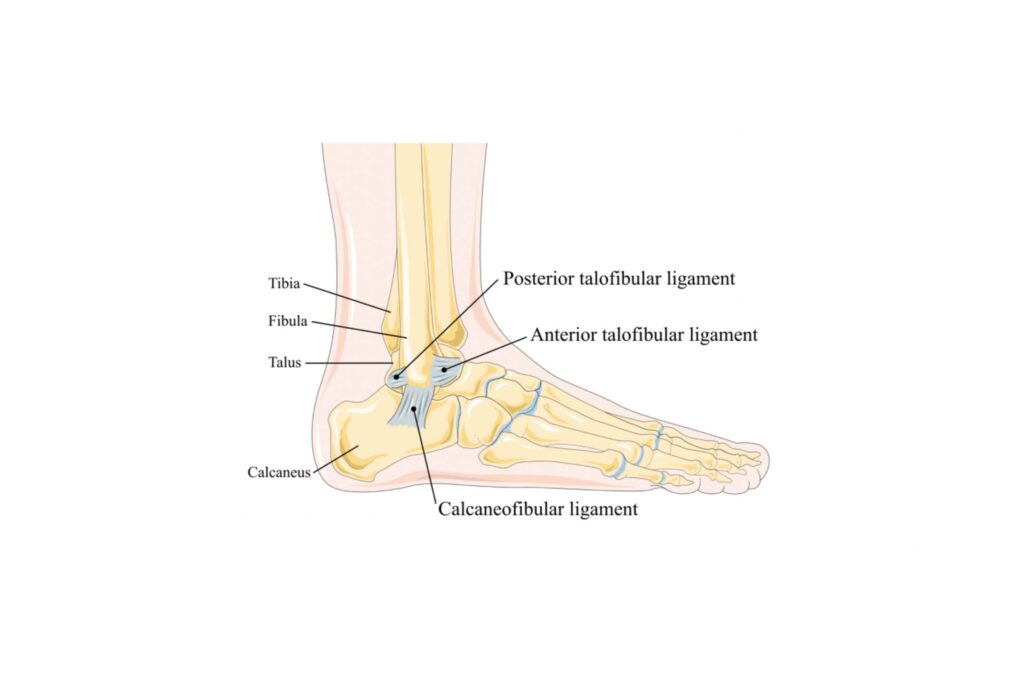
But how does one sprain their ankle and how should it be managed? Excellent question and the answers may even surprise you! Stay tuned to find out more about how you can initially best treat your ankle sprain and how we assess and manage ankle injuries in the clinic.
If you’ve sprained your ankle, be sure to consult one of our Physiotherapists ASAP so recovery is not delayed and you’re back on the pitch or doing what you love!
Part 2
One of the most common questions I get asked after an acute injury is whether to heat or ice an area. Most people will know about different acronyms like PRICE (Protect, Rest, Ice, Compression, Elevation) or even in more recent times POLICE (Protect, Optimal Loading, Ice, Compression, Elevation). But there is so much more to the management and rehabilitation of any soft tissue injuries apart from rest, ice, and “you’ll be right”.
Recently, a proposed new acronym has been introduced to optimise soft tissue recovery: PEACE and LOVE. Below is a brief outline and explanation of the acronym:
- P = PROTECT: unload or restrict movement for the first 48-72 hours to reduce bleeding and prevent further injury. It is important to minimise prolonged rest which can compromise tissue health and strength.
- E = ELEVATE: probably a more commonly known aspect in order to promote interstitial fluid flow out of the injured tissue. Attempt to elevate higher than the heart.
- A = AVOID ANTI-INFLAMMATORIES: this may be surprising but inflammation in the early phase of healing is important and medication can negatively affect long-term tissue healing. Ice may also have a negative effect on the healing process. However, ice can be used for an analgesic (pain relieving) effect and anti-inflammatories can be used after this acute phase but not for prolonged periods.
- C = COMPRESS: again, a more commonly known aspect involving taping or bandages to limit further swelling and bleeding to the area.
- E = EDUCATE: seek Physiotherapy advice and management to be guided on the best treatment action plan for your particular injury.
- L = LOAD: an active approach with movement once the acute symptoms have settled will actually promote repair and remodelling of the injured fibres and build tissue tolerance.
- O = OPTIMISM: don’t underestimate the power of positive thinking and reinforcement. Be encouraged that with the right management approach, your pain and function should improve so you can return to what you love most.
- V = VASCULARISATION: don’t forget about cardiovascular fitness and training to not only increase blood flow but aerobic exercise benefits also include further improvements in function, return to work and reducing the need for prolonged medication.
- E = EXERCISE: the best is saved for last. The evidence is very clear on the importance of exercise therapy in the treatment of not just ankle sprain but any soft tissue injury and reduces the risk of reinjury. Rehabilitation will assist with improving mobility, strength and proprioception / coordination early after an injury.
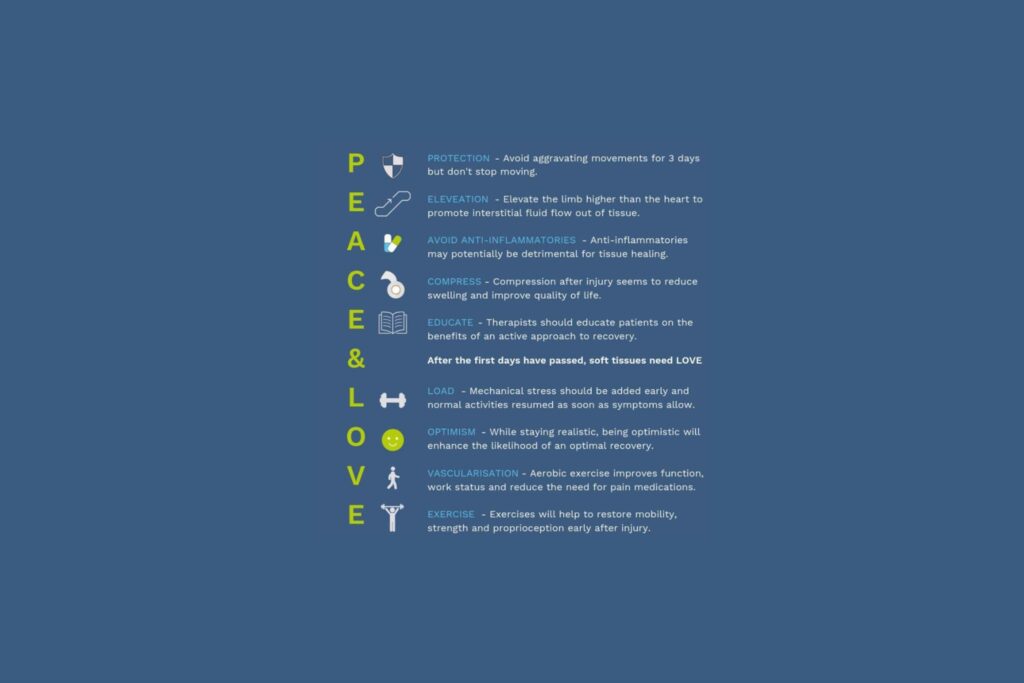 The management of any soft tissue injury should not just focus on the short term but also the long term outcomes. But to give yourself the best possible chance to improve your ankle sprain, remember that immediately after a soft tissue injury, do not harm and let PEACE guide your approach!
The management of any soft tissue injury should not just focus on the short term but also the long term outcomes. But to give yourself the best possible chance to improve your ankle sprain, remember that immediately after a soft tissue injury, do not harm and let PEACE guide your approach!
Stay tuned for the last part of this mini series on some of the ways we assess and treat acute ankle sprains in the clinic!
Part 3
What does a Physiotherapist even look at when diagnosing and treating an ankle sprain? Well, during an initial consultation, we chat about how you injured your ankle and what your current symptoms and limitations are. This already gives us a good indication of what structures may be injured. After we’ve ruled out any serious pathology i.e. fractures, we then conduct a thorough assessment to determine not only your diagnoses but also the leading factors which may have led to your injury in the first place.
Below are 3 different assessments that we look at:
- Knee to wall test
- Calf raise test
- Single leg stance
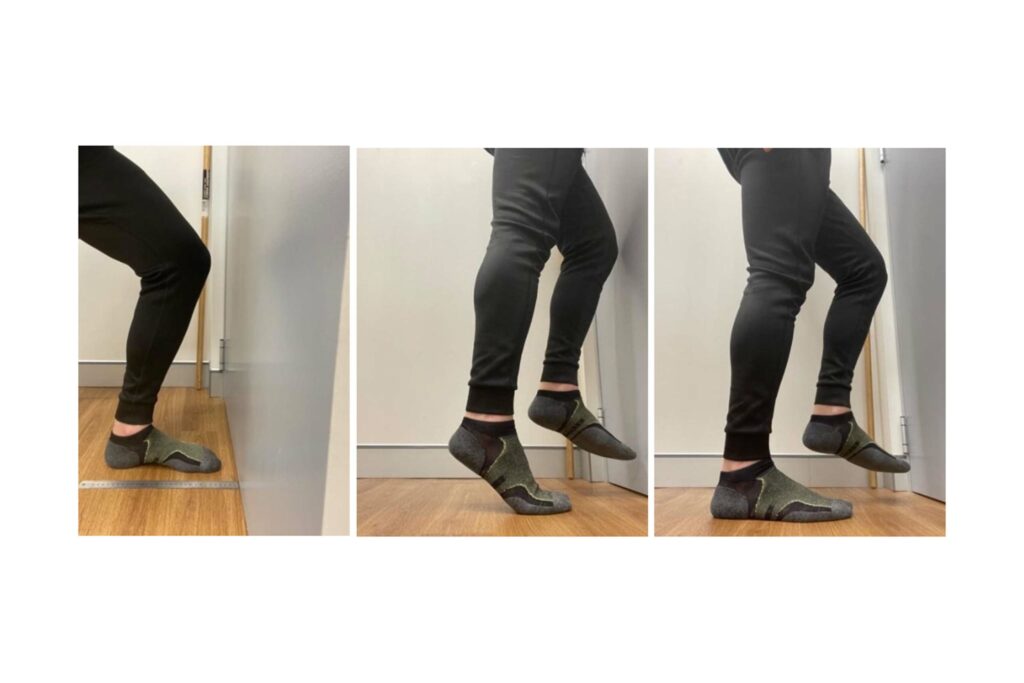 As mentioned in part 2, exercise and rehabilitation is the most important aspect of treatment especially after the acute phase has settled and it is appropriate to commence an exercise program.
As mentioned in part 2, exercise and rehabilitation is the most important aspect of treatment especially after the acute phase has settled and it is appropriate to commence an exercise program.
Below are just a few examples of some exercises that could be given:
- Banded knee to wall
- Single leg calf raise
- Single leg balance on foam
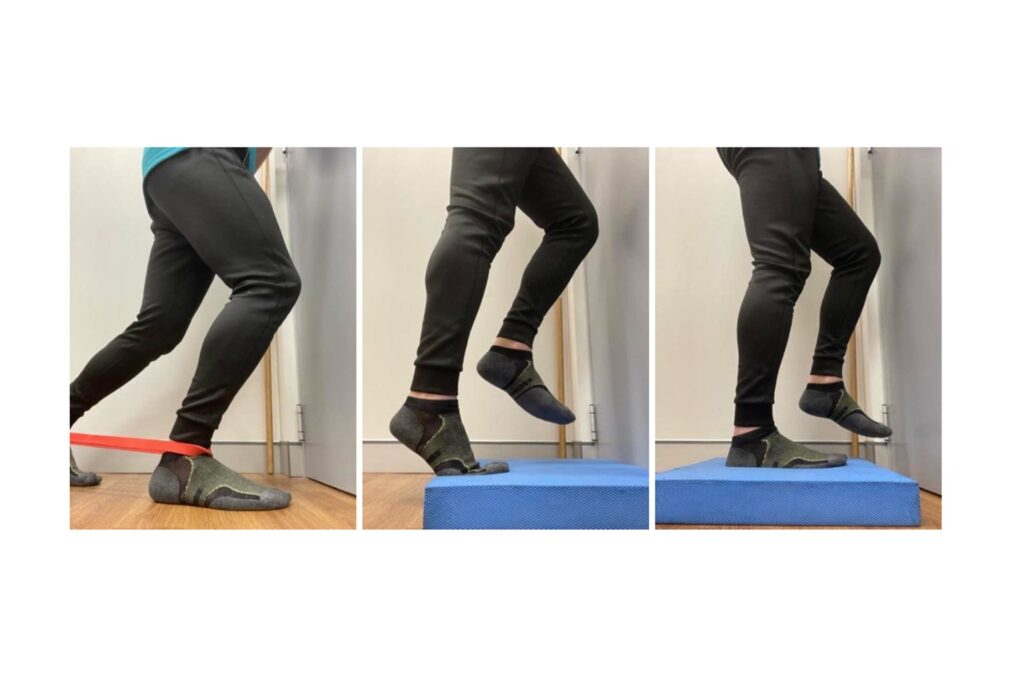 Give us a call today if you’ve sustained an ankle sprain so we can assist you with your recovery !
Give us a call today if you’ve sustained an ankle sprain so we can assist you with your recovery !

